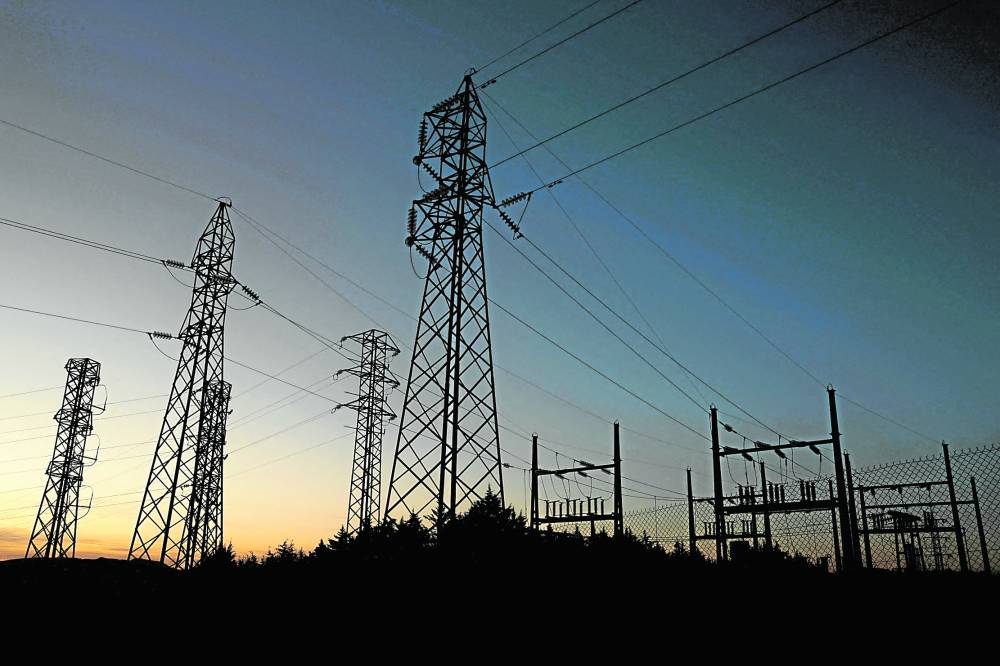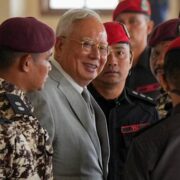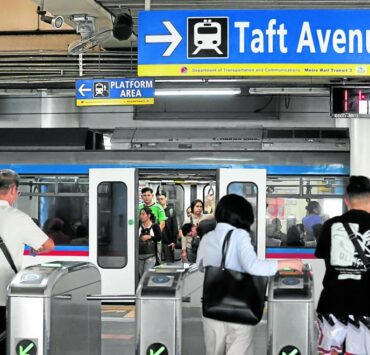Electricity spot market prices cheapest in five years

The average cost of electricity traded at the local spot market in the first six months has dropped to its “most affordable” level since 2020, the Independent Electricity Market Operator of the Philippines (IEMOP) said on Friday.
In a statement, the operator said the average power prices at the Wholesale Electricity Spot Market (WESM) declined by 26 percent to P4.14 per kilowatt-hour (kWh) in the first half from P5.58 per kWh in 2024.
The WESM, created in 2001, is where power producers trade their excess electricity capacity to meet the requirements of other power firms.
Richard Nethercott, IEMOP president and chief executive officer, attributed the cheaper spot power prices to the whole energy industry value chain.
“The lower prices in the market are the result of improved efficiency in the entire industry value chain. It is a product of the collaborative efforts of all sectors, public and private,” he said.
“It begins with government. As in any other industry, the government plays an essential role in crafting the necessary policy and legal framework to guide private stakeholders in their strategic decision-making. Even more so in the Philippine electric power industry, whose structure is ‘almost’ completely private,” the executive added.
One of the policies, Nethercott noted, was the launch of the Green Energy Auction Program (GEAP), where electricity from clean energy sources is procured at competitive prices.
Green energy
The market operator said that if the government successfully completes five auction rounds, consumers can see a drop in electricity rates by about P3.36 per kWh by 2029.
The IEMOP also cited the Department of Energy’s policy on competitive selection process for power supply deals, which aims to secure the most affordable rates.
The boosted transmission infrastructure of the National Grid Corporation of the Philippines also contributed to the improvement in WESM prices, it said.
The Energy Regulatory Commission’s customer choice programs were also an influencing factor, as they empower qualified consumers to choose their own power providers, promoting competition in the market.
“The problem cuts across every link in the industry value chain as the industry operates under a system of pass-on charging. And as shown by market results in the last six months, a collective effort of all stakeholders can indeed lower market prices,” Nethercott said.

















